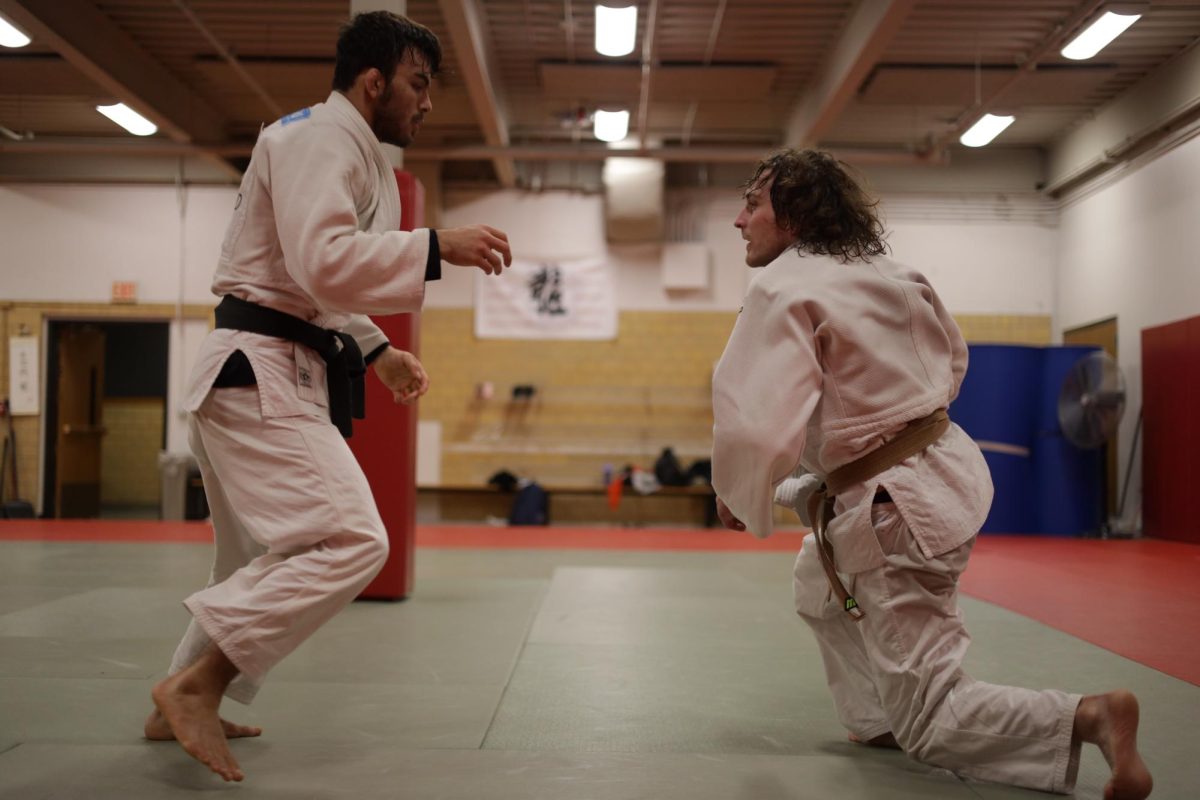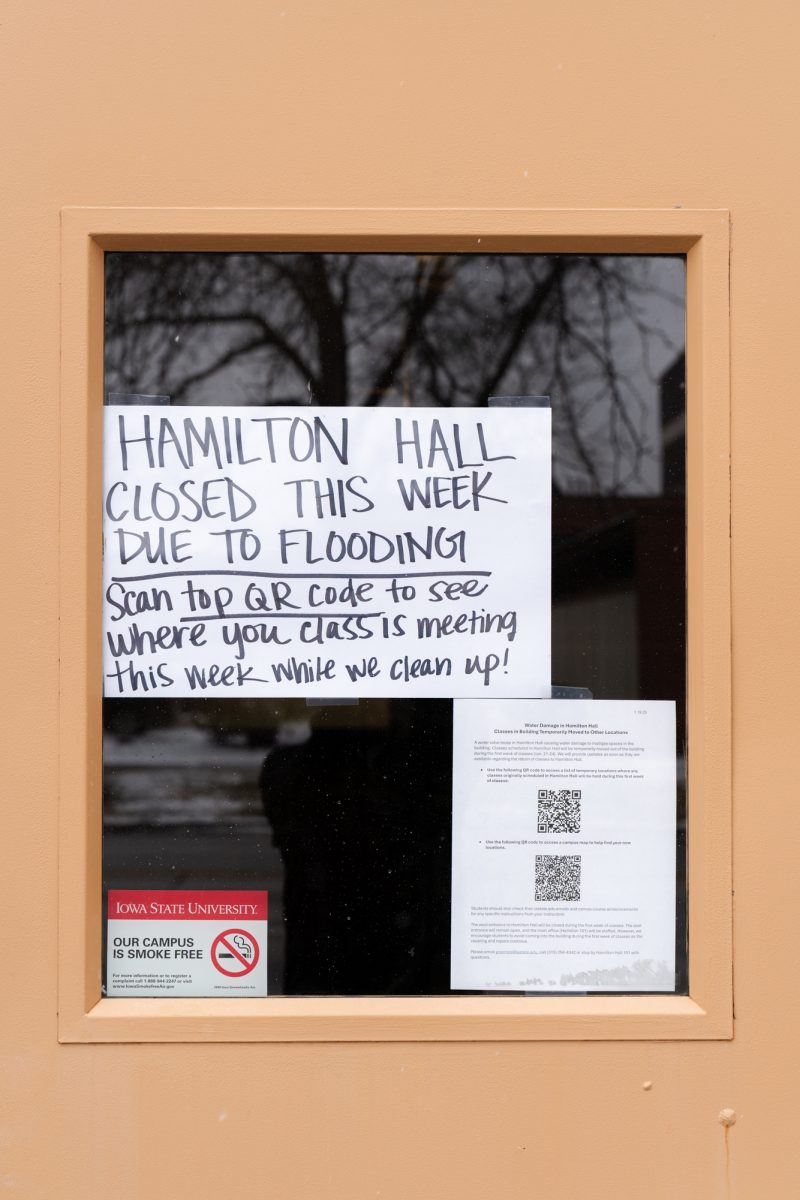Celebration of life
April 6, 2003
The pounding of drums echoed off the walls of a Forker Building gym Saturday as three to four dozen Native American dancers in full regalia danced, whirled and swayed in an exhibition powwow.
The powwow was the closing event to the 32nd Annual Symposium on the American Indian.
A crowd of approximately 130 people were present for the first Grand Entry, which showcased each dancer’s unique regalia and dancing style. The Grand Entry was led by a flag bearer, and recognition was given both to ancestors who had fought against the country and those who fought for it.
“Their bravery, their courage and their sacrifices … that is why we are able to dance and celebrate and enjoy life,” said Ben Bear, a member of the Meskwaki nation and master of ceremonies for the event.
Bear said powwows originated many years ago, when men would leave their group to hunt in the winter. Celebrations would be held to say goodbye to the group in the autumn and to welcome them home in the spring.
“For the most part, it’s a celebration of friendship, of general welfare,” he said. “[Powwows are held] mostly to promote good feelings among all the people.”
Each dancer, ranging in ages from approximately three to 70, wore unique regalia that corresponded to the type of dance they performed.
Sam Kitto, a southern traditional dancer from the Sisseton-Wahpeton nation in Bloomfield, Neb., said each dancer’s regalia is individualized by the person who wears it. He said many ideas are inspired from other dancers’ outfits, and many pieces of an outfit are given to a dancer.
“Everything but my moccasins was made for me,” Kitto said. He said the hawk claw attached to one end of his dancing stick was given to him, and he had shot the deer whose antler was attached to the other end. He said his ceremonial fan, made of eagle feathers, belonged to his father.
Ten-year-old Kendall Little Owl, a grass dancer from Winnebago, Neb., served as head male dancer. This responsibility meant he had to know about each male style of dance, and about specialty dances. He said he attended his first powwow when he was twelve months old.
Little Owl also helped sing on the host drum, Iron Bull. The group sat in a circle around the drum, pounding in various rhythms and chanting and singing songs which corresponded with the dances.
Jerry Stuben, state extension communication specialist and senior researcher for the Institute for Social and Behavioral Research, said this year’s event was larger than those held in the past, partially because of the larger facility used. He said Saturday’s powwow was intertribal, meaning people from all nations attended. He said participants included members of the Meskwaki, Santee Sioux, Northern Ponca, Ojibwe, Winnebago and many other nations from throughout the Midwest.
“[A powwow is] a social gathering where people come to meet family and friends, make new friends and honor their own tribal cultures,” he said. “They’re open so people from other cultures can come and learn. It’s a good learning experience for the young people. They get to be proud to be Indian.”
During intertribal dances, the fluctuating crowd was encouraged to participate.
Bronwyn Beatty-Hansen, senior in political science, said she attended the powwow for a class.
“I thought it was a really neat experience,” she said. “I learned a lot about the symbolism behind the dances and the regalia.”






